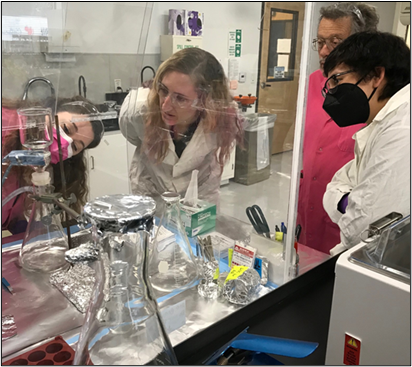SOPs developed to enable laboratory accreditors to evaluate proficiency at measuring microplastics

SCCWRP has completed development of a set of standard operating procedures (SOPs) that will enable California’s Environmental Laboratory Accreditation Program (ELAP) to evaluate laboratories’ proficiency at measuring microplastics levels in drinking water.
The SOPs, finalized in May, consist of step-by-step instructions, checklists and evaluation criteria for assessing whether commercial and municipal laboratories can generate high-quality data using approved methods. ELAP intends to begin using the SOPs in the coming weeks.
SCCWRP introduced accreditation agencies and other stakeholders to the SOPs during a three-day workshop in April; feedback from attendees helped SCCWRP vet and refine the draft SOPs.
As early as this month, the State Water Resources Control Board could adopt a policy requiring drinking water agencies statewide to monitor microplastics in drinking water over a four-year period; the policy would make California the first entity in the world to enact a routine microplastics monitoring requirement for drinking water.
The development of standardized methods for measuring microplastics was originally called for in 2018 with passage of Senate Bill 1422.
More news related to: Emerging Contaminants, Trash Pollution